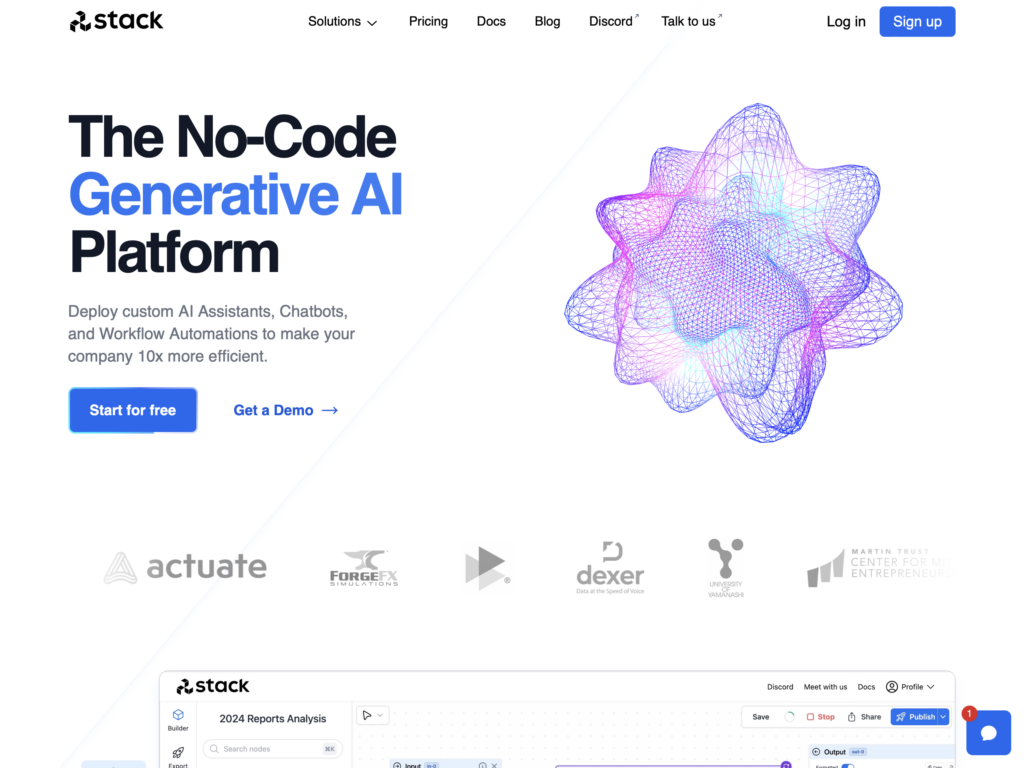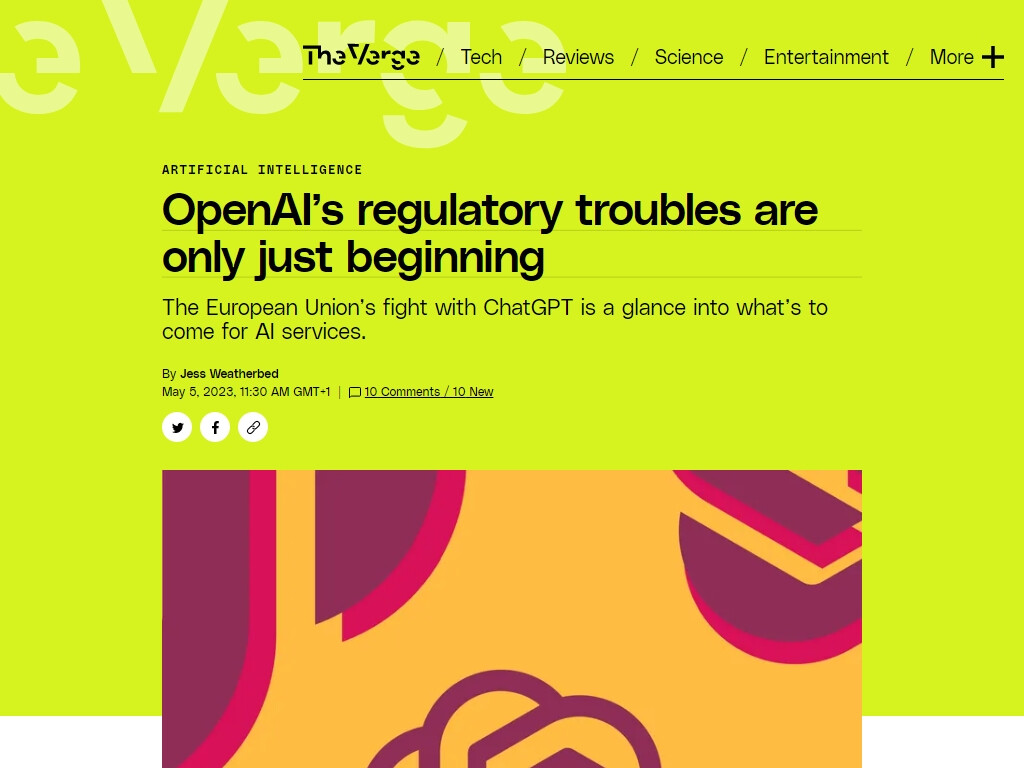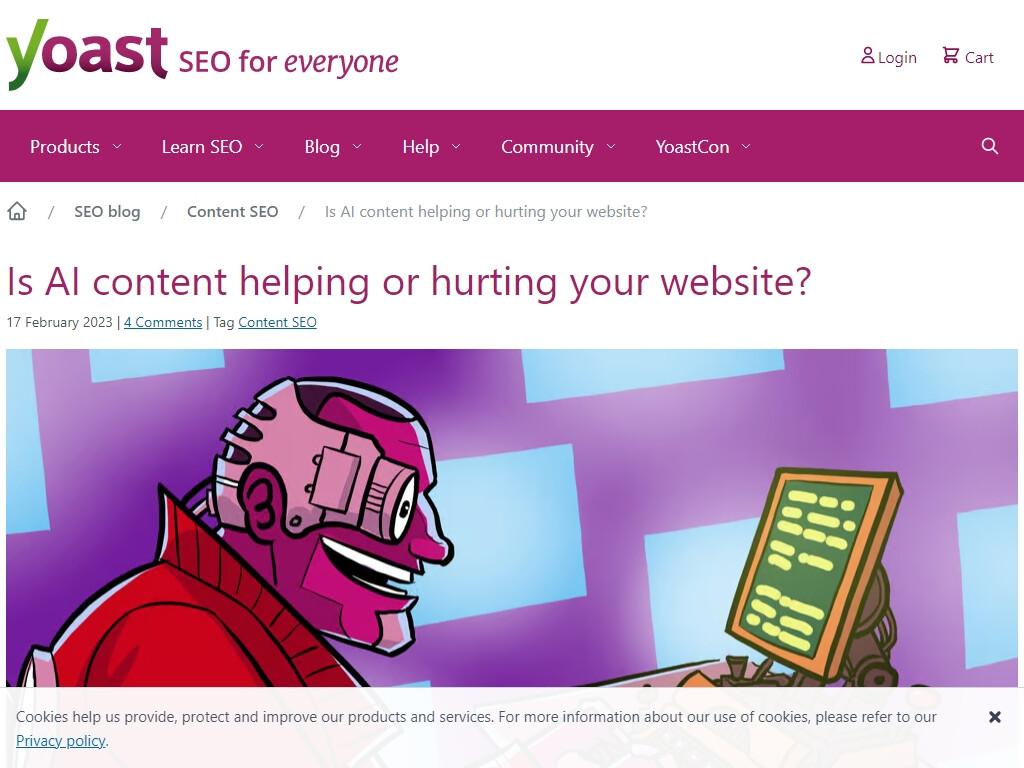Stack AI: The No-Code Platform Empowering Enterprises With Generative AI
Artificial intelligence is rapidly transforming industries, and leading companies are leveraging AI to automate processes, gain insights, and boost productivity. However, developing custom AI applications traditionally requires deep technical expertise and significant resources. Enter Stack AI, the no-code platform that makes it easy for any organization to harness the power of generative AI.
What is Stack AI?
Stack AI is an AI automation platform that enables enterprises to build and deploy custom AI assistants without writing a single line of code. Their intuitive drag-and-drop interface allows teams to connect data sources and leverage state-of-the-art language models to power a wide range of use cases, including:
- Searching through knowledge bases to surface relevant information
- Automating complex workflows and repetitive tasks
- Building intelligent chatbots for customer support
- Analyzing large volumes of documents and data
- Generating reports and content
Hundreds of companies, from startups to Fortune 500s, are already using Stack AI to drive business value across healthcare, financial services, logistics, etc. The platform integrates with popular databases, cloud storage services, and SaaS tools, allowing organizations to connect their existing data and systems securely.
Enterprise-Grade AI Platform
Stack AI was built from the ground up with the needs of enterprises in mind. The platform offers:
- Dedicated support from a team of solution engineers to help with setup and optimization
- Flexible pricing that scales with usage, so companies only pay for what they need
- Advanced security and compliance, with SOC2, HIPAA, and GDPR compliance and data processing addendums with leading AI providers
- On-premise deployment options for maximum data security and control
With Stack AI, subject matter experts can build AI assistants tailored to their domain and requirements. This empowers knowledge workers across the organization while eliminating the need for expensive custom development or AI hires.
The Future is AI-Powered
As artificial intelligence continues to advance at a breakneck pace, platforms like Stack AI will play a crucial role in democratizing access to these powerful technologies. Stack AI is helping organizations across industries unlock new efficiencies and capabilities by making it easy to implement AI without deep technical expertise.
Ready to supercharge your business with generative AI? Sign up for Stack AI and build AI assistants in minutes. The future is AI-powered, and with Stack AI, it's never been easier to get started.




